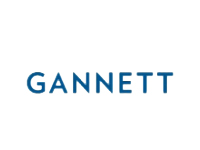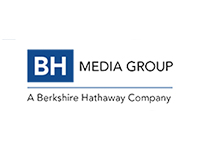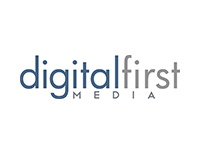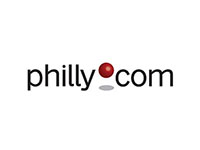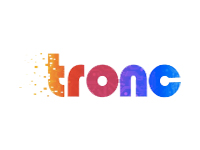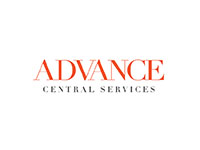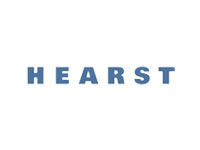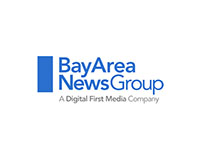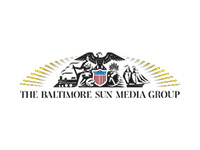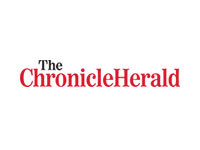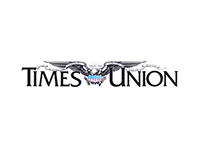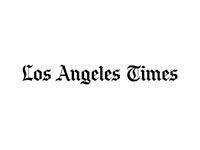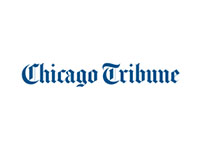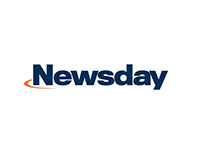Foodie Paid Content Experiment
Paraphrased from Claire Hawley, 06/27/2013 - As the news media continues the march towards digital, the question on everyone's lips is: “How do we get readers to pay for digital, online content?”
The answer, for many news publishers, isn’t clear.
Without clarity, the only way to get answers is to take risks and test new things in the market.
In March 2012, the Los Angeles Times launched a membership program, which included a metered paywall of their digital content, embracing risk-taking and testing as part of the process to deliver value to their readers.
Some of their efforts have not yielded scaleable results, but other projects have been more promising in shaping the future of the LA Time's offerings.
Pulitzer Prize-winning restaurant critic Jonathan Gold joined the Los Angeles Times last spring and his coverage this year was set to include his first “Best Of” guide for the publication, presenting the LA Times with a great opportunity to test their assumptions and theories about what will get readers to pay for a subscription membership.
The Los Angeles Times believed that “Jonathan Gold’s 101 Best Restaurants” special print and digital feature offered a great acquisition and retention opportunity. They also assumed that the piece would appeal to Southern California foodies, a niche interest group that spans several of our target acquisition demographics.
The Los Angeles Times created a cross-departmental team to brainstorm roll-out plans and ensure proper coordination between departments. High priority to that process was figuring out how best to track and learn from the results of the experiment.
As with any initiative, profit margins, page views, unique views, and brand impact were all included in the LA Time's success metrics.
The launch would include a period of members-only exclusivity, e.g., online access to the piece, and that an intimate, member subscribers-only “Bite Nite” event that would precede the publication of the article.
Creating a sense of urgency to subscribe or activate membership was the team's first priority.
Non-current members who had expressed interest in food content and events were targeted and were e-mailed a discounted subscription offer and an opportunity to attend “Bite Nite” in exhange for joining. Ads were ran online and in print and across all of the Los Angeles Times' social media platforms.
Bite Nite tickets sold out in only a few hours.
To keep the momentum going, two pairs of tickets were offered in a sweepstakes that was open to both members and non-members. A couple thousand entrants and their e-mails were gathered in just a handful of days.
The event was great for public relations and was just intimate enough to feel special. “Bite Nite” featured 23 of Southern California’s well-known restaurants — selected personally by Mr. Gold — and their star chefs in person, including Wolfgang Puck, Michael Voltaggio, and Suzanne Goin.
The LA Times' editorial and events teams live-tweeted, including Vine videos, and Instagram photos, and used the hashtag #bitenite throughout the social media campaign.
“Jonathan Gold’s 101 Best Restaurants” published two days after the event, which attracted a lot of buzz and media mentions.
We tested new acquisition channels, including promoted tweets and Facebook offers and sought the niche foodie market with behavioral targeting. The Los Angeles Times even launched a Foursquare badge.
Revenue came from multiple sources, including digital ads, ads in the special print section, a price increase experiment on single-copy sales, after-market print section availability, and new subscriber acquisitions.
Within the first few days, a large percent of all new digital subscriber starts were from the “101” campaign. Conversion rates were also higher than what we saw with readers who had hit their meter cap within the same time frame.
The results of the campaign better informed the LA Times about what will satidfy their subscribers as they evolve their membership program. The Los Angeles Times learned that providing benefits that cater to a niche audience motivates readers to subscribe and creates further brand loyalty among current subscription members.
Key points for news publishers to consider:
- Don't be afraid to take risks
- Focus on what you do well and what separates you from your competition
- Consider niche audiences
- Promote your top journalists
- Don't forget about social media
- Look for value propositions beyond metered paywall content
- Determine offline benefits to subscribers, and include digital strategies in promoting those benefits
- Know your KPIs and how you will measure them
- Organize cross-departmentally - Make sure sales, editorial, marketing, circulation, and public relations are all working together to maximize impact
- Develop a plan that you can scale into a long-term strategy
+1 267-657-0207
or
Request a Live Demo
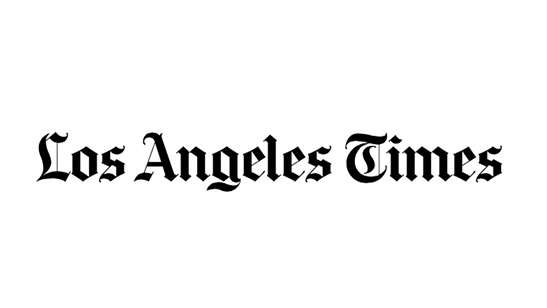
Los Angeles Times
Seeking Online Subscribers for Digital Content

